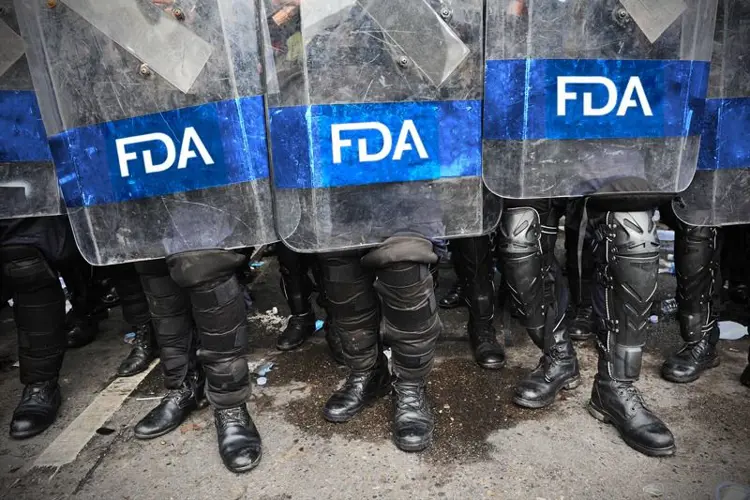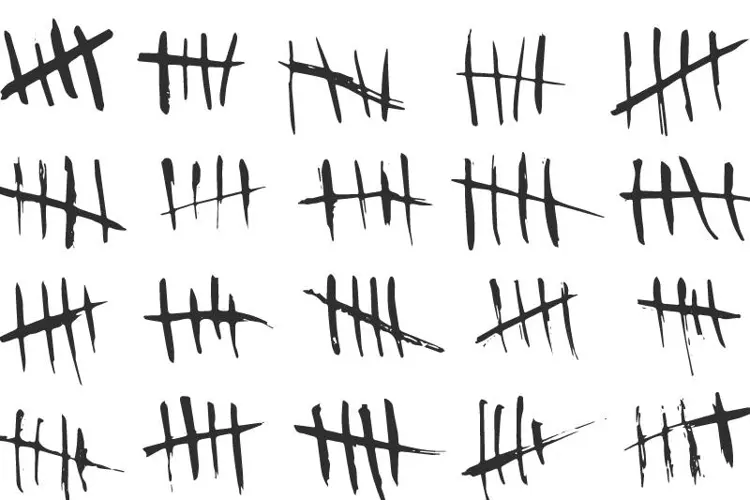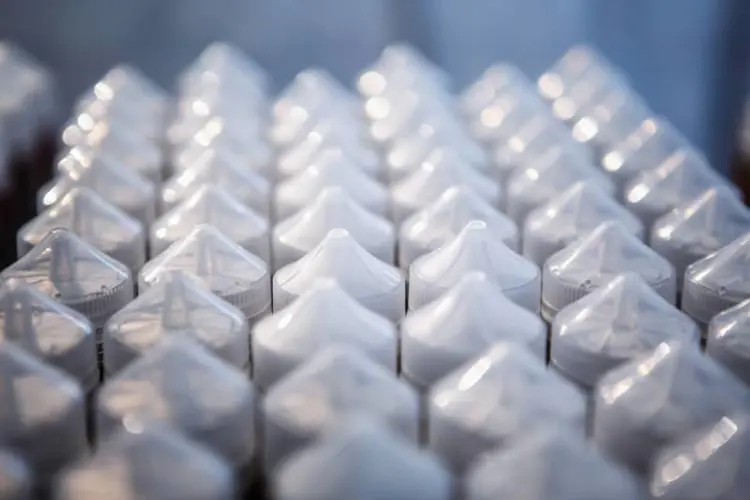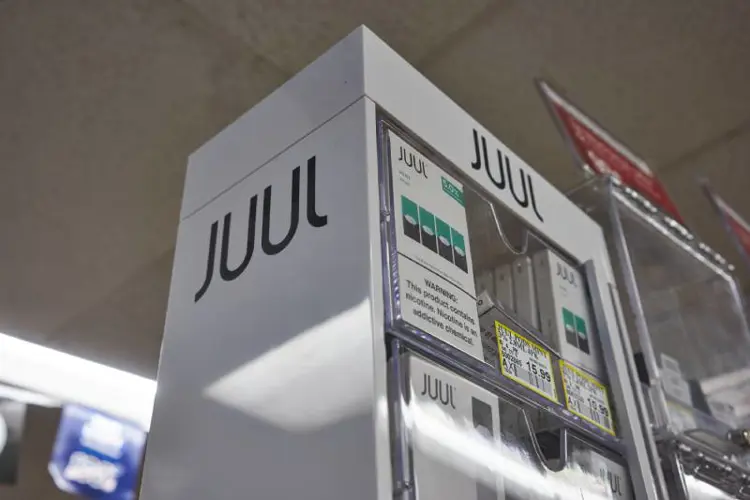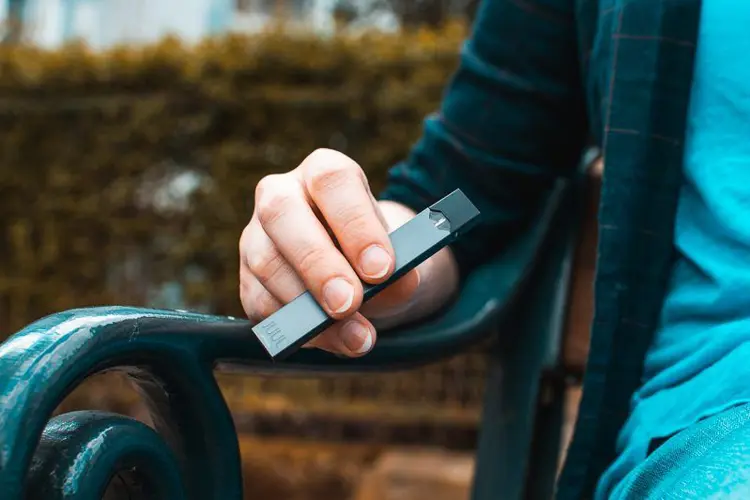If you thought the FDA’s The Real Cost campaign could only improve after last year’s buggy launch, you were wrong. The second edition is more low-key than the first, but the messaging has sunk to a new low.
According to a press release, the “campaign website and social channels are intended for the campaign target audience only—youth ages 12-17.” The agency wants us to believe that this messaging will be micro-targeted at teenagers, and never seen by adults that might be scared away from improving their health by switching from smoking to vaping.
It’s not possible, of course, to contain anything on the internet or TV to a small, carefully defined audience. But rather than produce honest messages that would be suitable for any audience, the FDA has decided to double down on the “vapor madness” themes we’ve seen before, which have never changed anyone's mind.
But this year there’s an exciting twist to the madness: if you vape you may very well become a cigarette smoker! "It's not magic," they say, "It's statistics." The statistics in question come from a series of weak studies that show that teenagers who try vaping are also more likely than non-vapers to try smoking. What statistics don't show is an increase in teen smoking since vaping has become popular. In fact, teenage smoking is at its lowest level ever.
The campaign includes a series of posters that the FDA proudly announced would be shipped to every high school in the United States. That way fearful administrators won’t have to make any effort at all to find anti-vaping propaganda to post in their restrooms. Some of the posters are cutesy toilet jokes: “You might as well flush your lungs while you’re at it." Others are all about the science: ”This is one chemistry lesson you should pay attention to.”
Which chemicals bother the FDA? Formaldehyde! Lead! Chromium! Nickel! NICOTIIIIIIIIIIIIINE! Yes, there are dangerous metals and other substances in vapor—and usually nicotine too—but it’s well known that the nasty stuff is only found in small amounts, unlikely to affect users’ health. However, that doesn’t mean that a lot of adult smokers won’t see the FDA materials (or hear about them from their kids), and decide that vaping is just too risky.
Last year’s The Real Cost launch featured a TV/internet commercial showing vaping teens infested with bugs that crawled under their skin, apparently doing horrible damage to the helpless young victims. It was the CGI update of “This is your brain on drugs,” and provoked similar reactions from viewers. There’s a reason FDA blocks comments on The Real Cost YouTube page.
Vaping advocates disdainfully called them “vape worms,” and you can probably imagine what actual adolescents thought. Reefer madness-style fear campaigns only work on the kids that don’t need them to begin with. Kids who are likely to seek out forbidden adult activities don’t care what the FDA thinks. And in 2019, they’re really, really good at using Google, where they can magically read the same research as us adults.
The new commercials are low-key—but equally stupid. They feature a British magician named Julius Dein approaching teenagers in the street and questioning whether they vape. The youthy actors of course produce vapes and gladly hand them to him, then watch in astonishment as he turns their vaping devices into...cigarettes! Magic!
“Did you know that if you vape you’re more likely to start smoking cigarettes?” he asks. That may be true, but it’s not because they first vape and then magically crave cigarettes. Rather, the same risk-taking teens are likely to do either thing—or both. No one starts vaping and then is magically drawn to pick up a lit cigarette. In fact, vaping a pleasant flavor may well make a kid even less likely to smoke cigarettes. That ought to be the goal, but it wouldn’t make a good anti-vaping ad.
The FDA knows from surveys and focus groups that many young people who are attracted to vapes are not likely to move to cigarettes. Kids know how awful cigarettes are, they know their friends don’t smoke, and they don’t see smoking as a taboo worth indulging in. Cigarettes are no longer cool, and the numbers show that fewer and fewer kids are smoking. Teens know that their friends who vape aren't turning into smokers.
Maybe by suggesting that vapers turn into smokers—by magic!—the FDA will push kids to start doing just that. Tying the two together in a large-scale ad campaign is certainly risky. After all, “juuling” wasn’t much of a problem until the FDA, Truth Initiative, and Campaign for Tobacco-Free Kids started saying it was. And they said it over and over and over again. All your friends are doing it, they told the kids. It’s easy to hide, and comes in delicious flavors. One pod has as much nicotine as a pack of cigarettes! Kids everywhere are vaping in school. Everyone knows what a JUUL is. Oh, by the way, your whole generation is addicted to nicotine.
But addiction or not, kids don’t believe that vaping is going to kill them, and that’s a problem for the FDA. “As many as 80 percent of middle and high school students do not perceive that regular use of e-cigarettes may pose a great risk of harm,” says the FDA website devoted to The Real Cost campaign. And the kids’ perception is right, vaping doesn’t pose a great risk of harm, but a very small risk of harm. So the FDA has decided to convince them otherwise, through deception. Or, you know, magic.
It’s sad that the federal agency responsible for guarding public health is convinced it can’t do its job without trying to fool the public with magic tricks. But that’s where we're at. The FDA is completely out of its depth trying to communicate risk, regulate the vaping market, or change teenage behavior. And that’s no illusion.
The Freemax REXA PRO and REXA SMART are highly advanced pod vapes, offering seemingly endless features, beautiful touchscreens, and new DUOMAX pods.
The OXVA XLIM Pro 2 DNA is powered by a custom-made Evolv DNA chipset, offering a Replay function and dry hit protection. Read our review to find out more.
The SKE Bar is a 2 mL replaceable pod vape with a 500 mAh battery, a 1.2-ohm mesh coil, and 35 flavors to choose from in 2% nicotine.
Because of declining cigarette sales, state governments in the U.S. and countries around the world are looking to vapor products as a new source of tax revenue.
The legal age to buy e-cigarettes and other vaping products varies around the world. The United States recently changed the legal minimum sales age to 21.
A list of vaping product flavor bans and online sales bans in the United States, and sales and possession bans in other countries.







